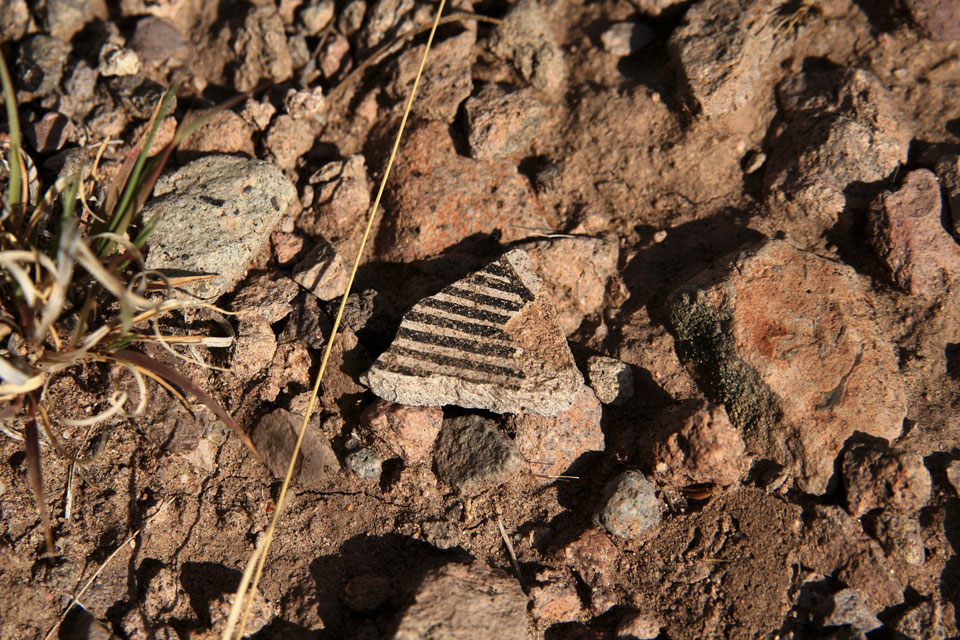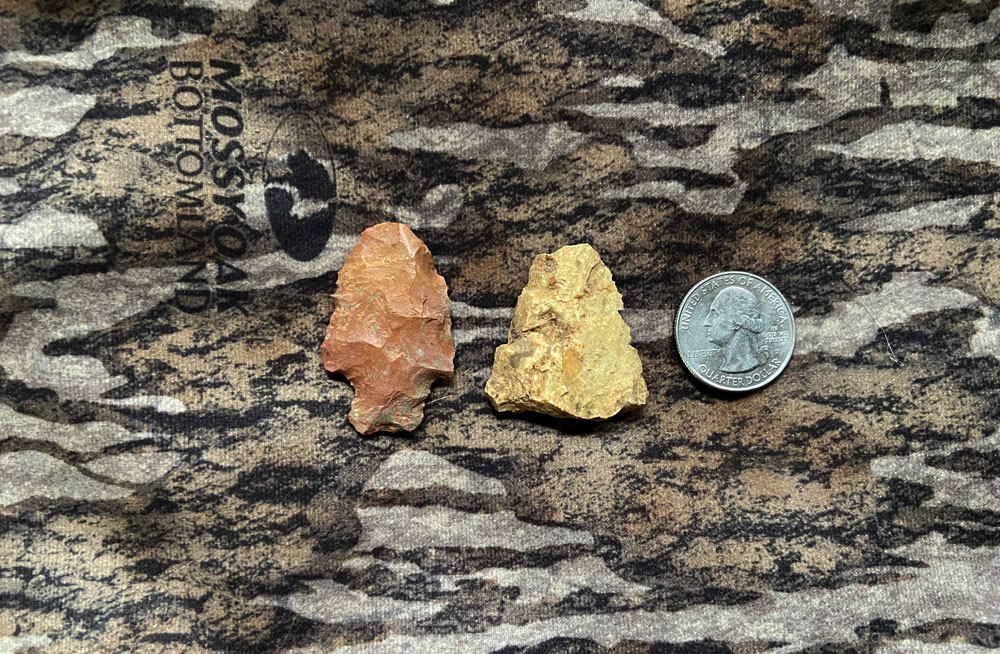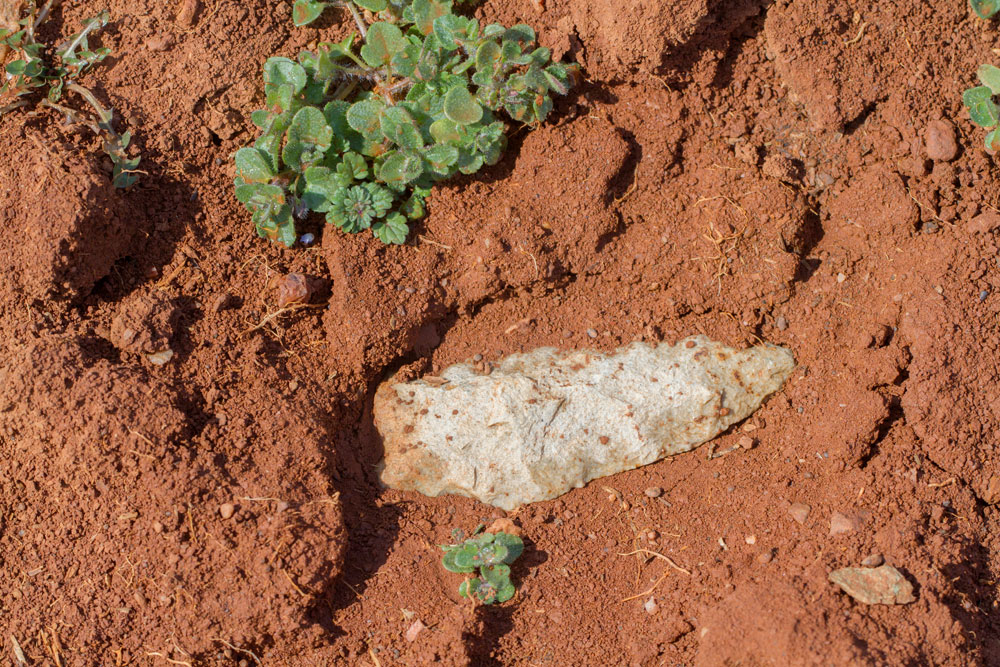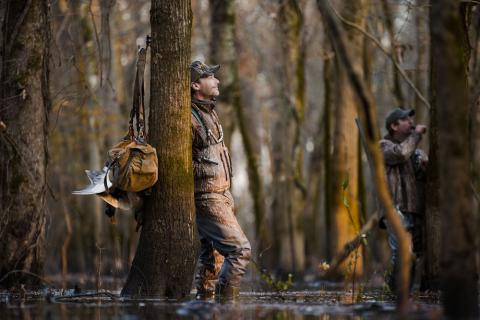An outdoor pastime you can do just about anywhere in America is artifact hunting. Nomadic tribes of Native Americans left behind artifacts like arrowheads as they hunted across the land, which today are rich pieces of the continent’s history.
Artifact hunting is an excellent activity for a family or can be done solo when you are hiking by yourself. Arrowheads are the most common find, and some could be pretty valuable. However, most artifact hunters search for these pieces as a fun pastime rather than a way to get rich.
If artifact hunting appeals to you, you might find these helpful tips increase your chances of success.
Know the Rules
Before you hunt for artifacts, you must understand the laws. The only law you need to be concerned with when hunting on private lands is trespassing. Before heading out to hunt, get the landowner’s permission. Failure to do so is trespassing and theft if you find any arrowheads and take them home. When artifact hunting on someone else’s land, be considerate. Always leave gates as you found them and pick up any trash you come across.
In general, collecting artifacts is illegal on public lands. This means all state and national parks are off-limits to arrowhead hunting. The limitation also extends to land held under the Bureau of Land Management and Corp of Engineers reservoirs. Some people suggest surface collecting on public lands may be acceptable. However, unless you plan on reading the Archaeological Resources and Protection Act of 1979, it’s best to steer clear of any publicly owned property.
Where to Find Artifacts
You need more than luck when hunting for arrowheads. Historical artifacts aren’t hidden everywhere. When finding places to hunt for artifacts, consider the three things all civilizations need: water, food and shelter.
Since most Native American shelters have been lost to time, you should focus your efforts on seeking out historical sources of food and water. Rivers and lakes offered a critical resource for all early Americans.
Local water sources offer a decent chance a Native American tribe set up camp long ago. This is especially true if the water is near some form of shelter, like a bluff, that would offer the camp additional protection.
The type of ground cover will affect your ability to spot artifacts and arrowheads with ease. Minimal cover, sand and desert areas will be the easiest to spot any surface arrowheads. Recently plowed land offers artifact hunters an opportunity to find objects hidden just beneath the surface.
Forested areas or fields with lush ground cover will make spotting artifacts quite tricky. In these areas, begin your hunt by searching dried-up creeks and river beds.
The remoteness of the area is another factor to consider when looking for artifact hunting grounds. Lands recently used may have already given up the majority of their hidden artifacts. Backcountry camping locations on privately held land can offer better hunting opportunities.
When to Hunt
It may surprise you, but certain seasons offer a better chance of success for artifact hunters. Winter is an unsuitable time for most artifact hunting. The ground is hard, maybe even frozen, and could be covered with snow.
Summer is a similarly challenging season to artifact hunt. The hot sun dries and hardens the ground. Plants and trees are growing, covering the ground with foliage and shadows that block your sight.
Spring is the prime season for artifact hunting. The ground has softened from the winter freeze. Rain brings the opportunity to wash away topsoil and expose previously hidden items. It’s also the beginning of a new agricultural season, offering freshly tilled soils for an eager artifact hunter to inspect.
Fall may offer additional hunting opportunities. Falling leaves and shortening days reduce access to some of your hunting grounds. However, recently harvested lands and freshly tilled earth can potentially expose new finds.
Train Your Eyes
Finding your first arrowhead is difficult. Your eyes must scan every inch of the ground, looking for a sign. Without experience, it’s easy for an untrained eye to simply pass over an obscured artifact.
When surveying the ground, scrutinize every inch. It can help to use a systematic sweeping motion of your eyes to make sure you don’t miss a spot. Stay alert for anything that looks like a sharp edge or a flaked surface.
It’s helpful to learn the common materials used for making arrowheads in your area. Chert, obsidian and flint are all common arrowhead materials. Keep your eye out for the particular color of stone used by Native Americans in your region.
Other artifacts may be easier to spot. Earrings and other jewelry pieces might have colored stones that help them stand out from the soil. Pottery might feature painted designs that catch your eye.
However, don’t get discouraged if you don’t find anything on your first few hunts. It takes time to develop your skills. Your first find will be a combination of hard work and luck.

Show Respect When Collecting
Most arrowhead collectors find their artifacts on the surface of the ground. Usually, only one arrowhead is found at a time. However, if you’re fortunate, you might find two or more. At this point, you might be tempted in your excitement to dig to see what else you can find. Proceed with caution.
An extensive collection of arrowheads might indicate you are in a sacred place and, if that’s the case, you should refrain from digging without further research. You don’t want to start digging up a Native American burial ground. It’s a good idea to consult with local resources to help report a potential historical find before unearthing more yourself.
You should also consider keeping a record of your finds. Note where and when you uncovered a particular artifact. Once you are back home, you can identify your arrowhead using the Official Overstreet Indian Arrowhead Online Database. This helps preserve the history of your discovery for future generations to enjoy.
Happy Hunting
Ancient artifact hunting is an excellent pastime. You get to spend time outdoors and enjoy nature. Whenever you find something, you are connecting with a little piece of history. Each arrowhead collected is a tool a hunter used years ago. It’s a small piece that connects you to the history of hunting.





























